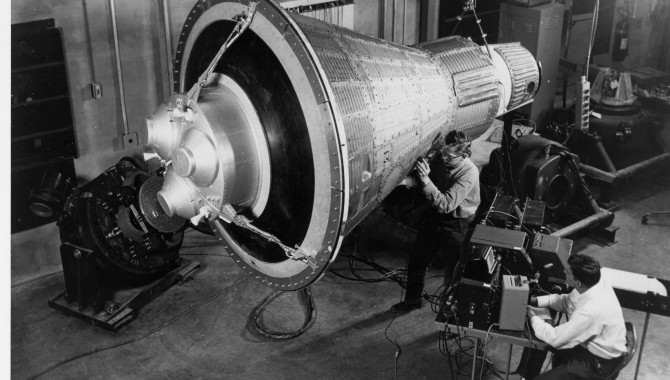
By Bryan O’Connor When I was a test pilot at the Naval Air Test Center, I worked closely with the engineers designing the first American version of the British Harrier, a vertical/short takeoff and landing (V/STOL) fighter, for two years before the first flight of the prototype.










